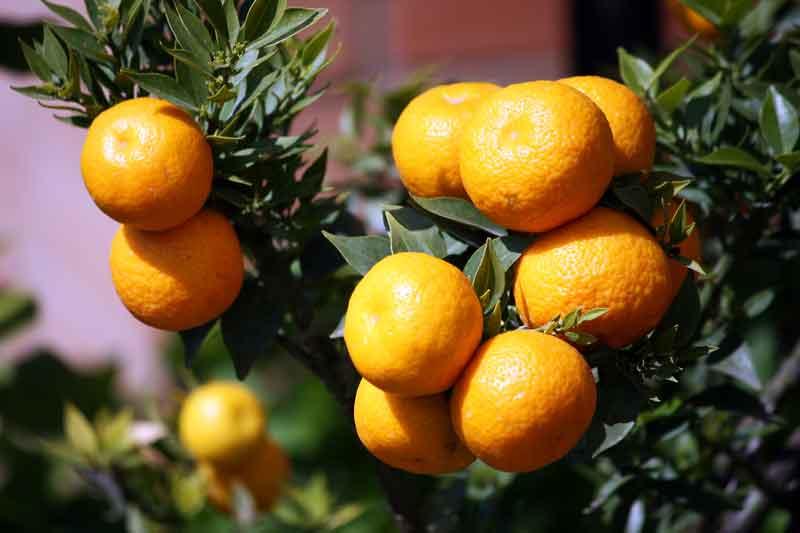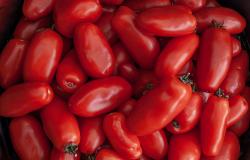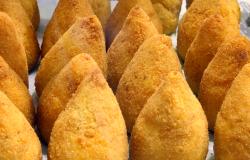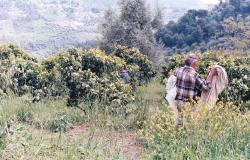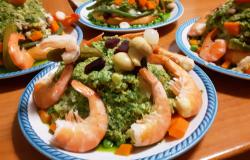Once used as an ornamental plant gracing the gardens of houses in the Savona’s countryside, the chinotto plant can still be found in Liguria, although its cultivation has been drastically reduced.
Chinotto is a citrus fruit that looks like an orange, but has a more bitter taste, especially when eaten fresh. Candied or preserved in syrup, chinotto makes for a real treat, recognized and protected by a Slow Food presidium.
In the 16th century, a sailor from Savona first imported the myrtle-leaved orange tree from China to the Ligurian coast, where it flourished. The first Ligurian workshop for candying chinotto was founded in 1877, soon followed by others, which perfected the long and laborious art of candying the fruit. Chinotto became a staple of Savona’s confectionery production; towards the end of the 19th century, chinotto became very popular, and a large jar filled with the small citrus fruits immersed in maraschino could be found on the bar stools of many Italian and French cafés. They made for an excellent digestif.
Chinotto production continued to prosper until the 1920s, when, the Slow Food website reports, “shortsighted economic policies and an abnormal succession of winter frosts marked the start of a crisis.” Because the candying process is time-consuming and yields small quantities of the fruit, production has been gradually abandoned.
The Slow Food presidium aims to revive the cultivation and processing of the Savona chinotto. Crops are concentrated on the Western Riviera area, from Varazze to Finale Ligure.
